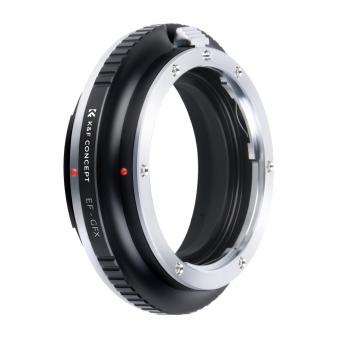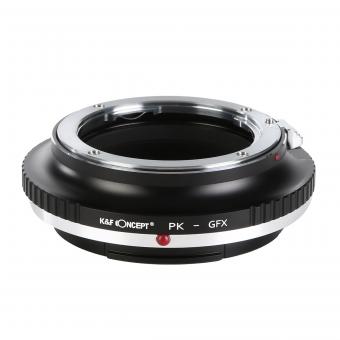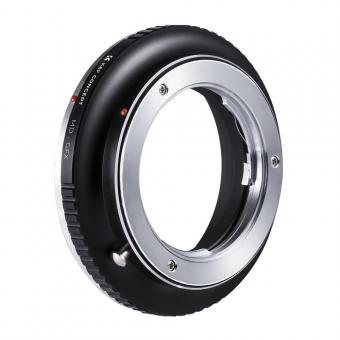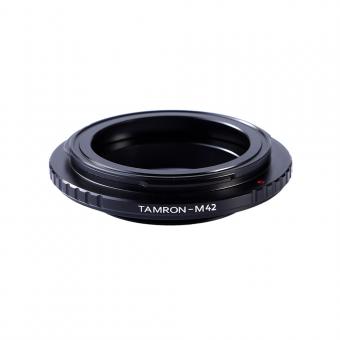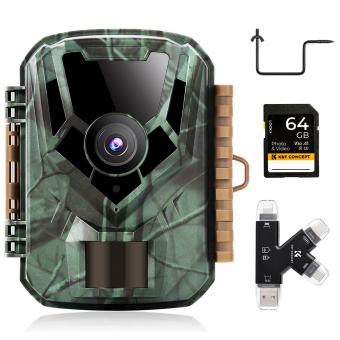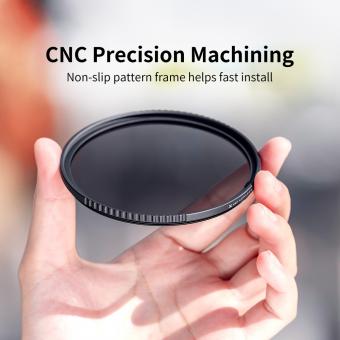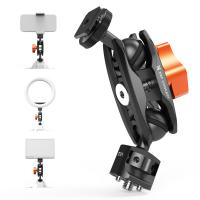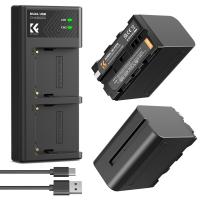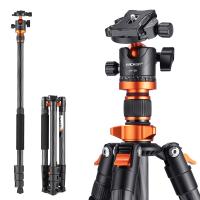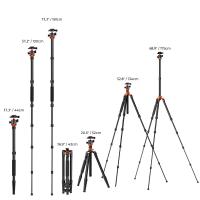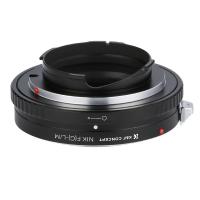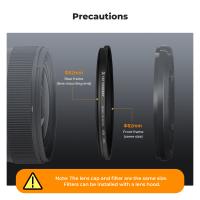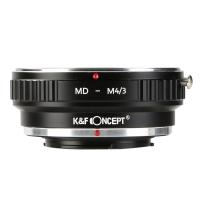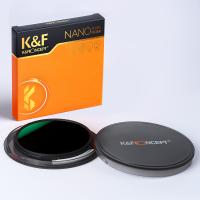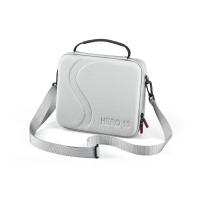Why Do People Use Dslrs Not Camcorders ?
People use DSLRs (Digital Single-Lens Reflex cameras) instead of camcorders for various reasons. DSLRs offer superior image quality and versatility due to their larger image sensors and interchangeable lenses. They are capable of capturing high-resolution photos and videos with greater depth of field and dynamic range. DSLRs also provide manual control over settings such as aperture, shutter speed, and ISO, allowing photographers to have more creative control over their shots. Additionally, DSLRs often have better low-light performance and faster autofocus systems, making them suitable for a wide range of photography and videography applications. Furthermore, DSLRs have become more affordable and accessible, making them a popular choice for both amateur and professional photographers who value the flexibility and image quality they offer.
1、 Image quality and resolution capabilities
People use DSLRs (Digital Single-Lens Reflex) cameras instead of camcorders for several reasons, with image quality and resolution capabilities being the primary factors. DSLRs are known for their ability to capture high-quality images with exceptional detail and clarity. They typically have larger image sensors, which allow for better light sensitivity and dynamic range, resulting in sharper and more vibrant photographs.
Furthermore, DSLRs offer a wide range of interchangeable lenses, allowing photographers to choose the most suitable lens for different shooting scenarios. This versatility enables them to capture a variety of subjects, from landscapes to portraits, with greater precision and control over depth of field. In contrast, camcorders usually have fixed lenses that are not as adaptable to different shooting conditions.
Another advantage of DSLRs is their ability to shoot in RAW format, which preserves all the original data captured by the sensor. This provides photographers with more flexibility during post-processing, allowing them to make adjustments to exposure, white balance, and other settings without sacrificing image quality. Camcorders, on the other hand, typically shoot in compressed formats like AVCHD, which can result in loss of detail and limited editing capabilities.
In recent years, DSLRs have also become popular among videographers due to their ability to shoot high-definition video. Many DSLRs now offer advanced video features, such as manual exposure control, interchangeable lenses, and the ability to record in formats like 4K. This has made them a preferred choice for professionals and enthusiasts who want to create cinematic videos with superior image quality.
In conclusion, people use DSLRs instead of camcorders primarily because of their superior image quality and resolution capabilities. The ability to capture high-quality photos, the versatility of interchangeable lenses, and the flexibility of shooting in RAW format are all factors that contribute to the popularity of DSLRs in the photography and videography communities.
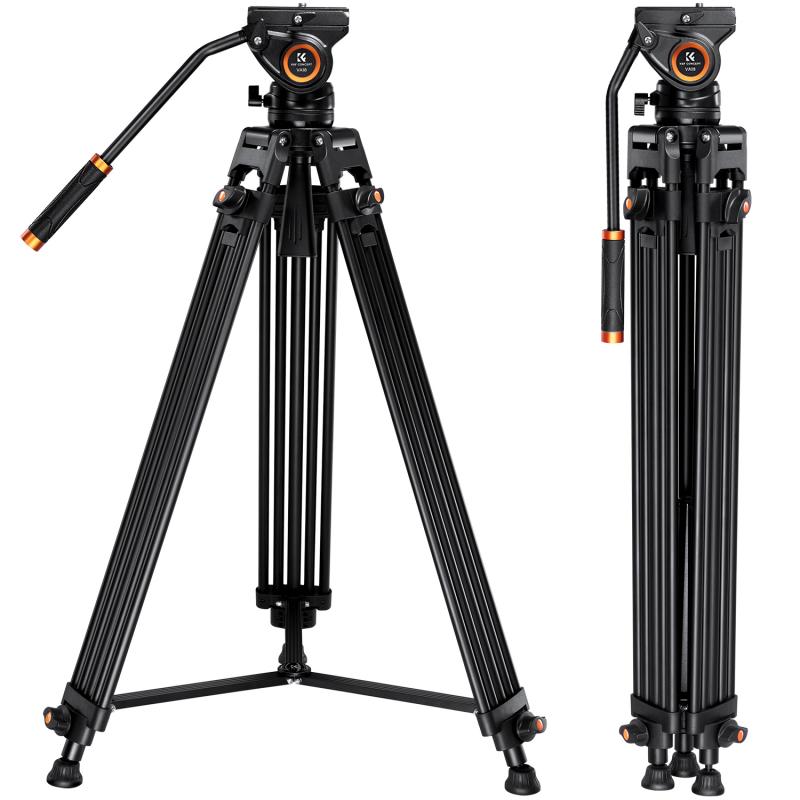
2、 Interchangeable lenses for versatile shooting options
People use DSLRs (Digital Single-Lens Reflex) cameras instead of camcorders for several reasons, with one of the main advantages being the ability to use interchangeable lenses. DSLRs offer a wide range of lens options, allowing photographers to adapt to different shooting situations and achieve various creative effects.
Interchangeable lenses provide versatility in terms of focal length, aperture, and depth of field control. This means that photographers can capture a wide range of subjects, from landscapes to portraits, with the ability to adjust the lens to suit the desired composition. For example, a wide-angle lens can capture a vast landscape, while a telephoto lens can zoom in on distant subjects. This flexibility allows photographers to experiment with different perspectives and create unique images.
Furthermore, DSLRs often have larger image sensors compared to camcorders, resulting in higher image quality and better low-light performance. The larger sensors allow for greater detail and dynamic range, resulting in sharper and more vibrant images. This is particularly important for professional photographers who require high-quality images for their work.
Additionally, DSLRs offer manual control over settings such as shutter speed, aperture, and ISO, giving photographers more creative control over their images. This level of control is not typically found in camcorders, which are designed primarily for video recording.
In recent years, mirrorless cameras have gained popularity as an alternative to DSLRs. These cameras offer similar advantages, such as interchangeable lenses and manual control, but in a more compact and lightweight form factor. Mirrorless cameras also often incorporate advanced features such as in-body image stabilization and high-speed continuous shooting.
In conclusion, people use DSLRs instead of camcorders because of the versatility provided by interchangeable lenses, the superior image quality, and the manual control over settings. However, with the rise of mirrorless cameras, photographers now have even more options to choose from based on their specific needs and preferences.
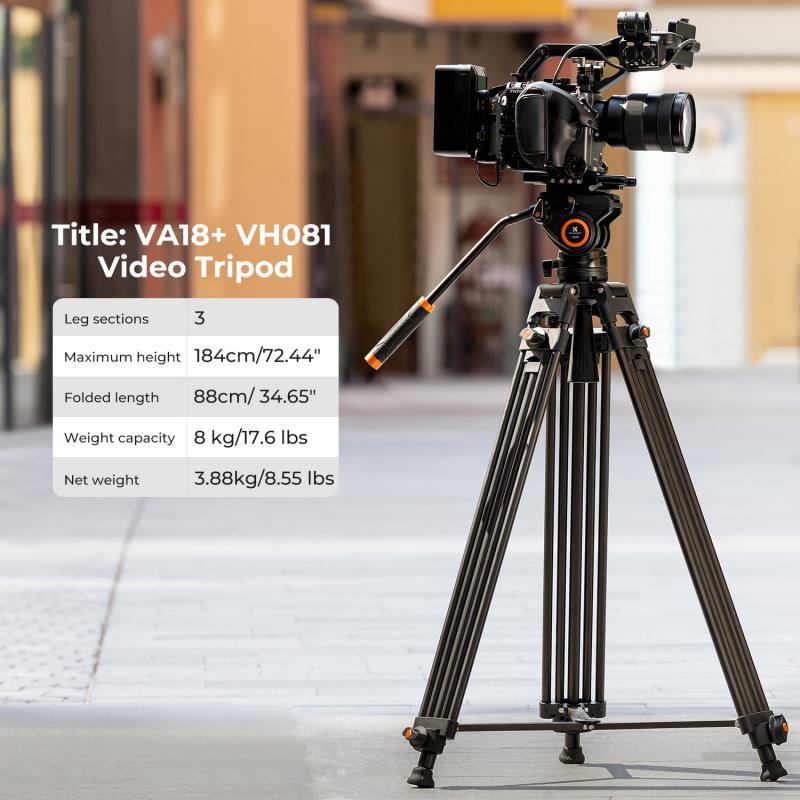
3、 Manual control over settings for creative flexibility
People use DSLRs (Digital Single-Lens Reflex) cameras instead of camcorders for several reasons, with one of the main factors being the manual control over settings that DSLRs offer. DSLRs provide photographers with a greater level of creative flexibility and control over their images, allowing them to achieve the desired look and feel for their photographs.
One of the key advantages of DSLRs is the ability to manually adjust settings such as aperture, shutter speed, and ISO. This level of control allows photographers to manipulate the depth of field, freeze or blur motion, and control the amount of light entering the camera. These settings can greatly impact the final image and give photographers the freedom to experiment and create unique and artistic shots.
Furthermore, DSLRs often have larger image sensors compared to camcorders, resulting in better image quality, especially in low-light conditions. The larger sensors allow for greater dynamic range and better noise performance, resulting in sharper and more detailed images.
Additionally, DSLRs offer interchangeable lenses, providing photographers with a wide range of options to suit different shooting scenarios. This versatility allows photographers to capture a variety of subjects, from wide-angle landscapes to telephoto wildlife shots.
Moreover, DSLRs have evolved over the years to include advanced features such as high-resolution image sensors, fast autofocus systems, and improved video capabilities. Many DSLRs now offer 4K video recording, making them a viable option for both photography and videography enthusiasts.
In conclusion, people choose DSLRs over camcorders because of the manual control over settings they provide, allowing for greater creative flexibility. With advancements in technology, DSLRs have become more versatile, offering improved image quality, interchangeable lenses, and advanced features, making them a preferred choice for many photographers and videographers.
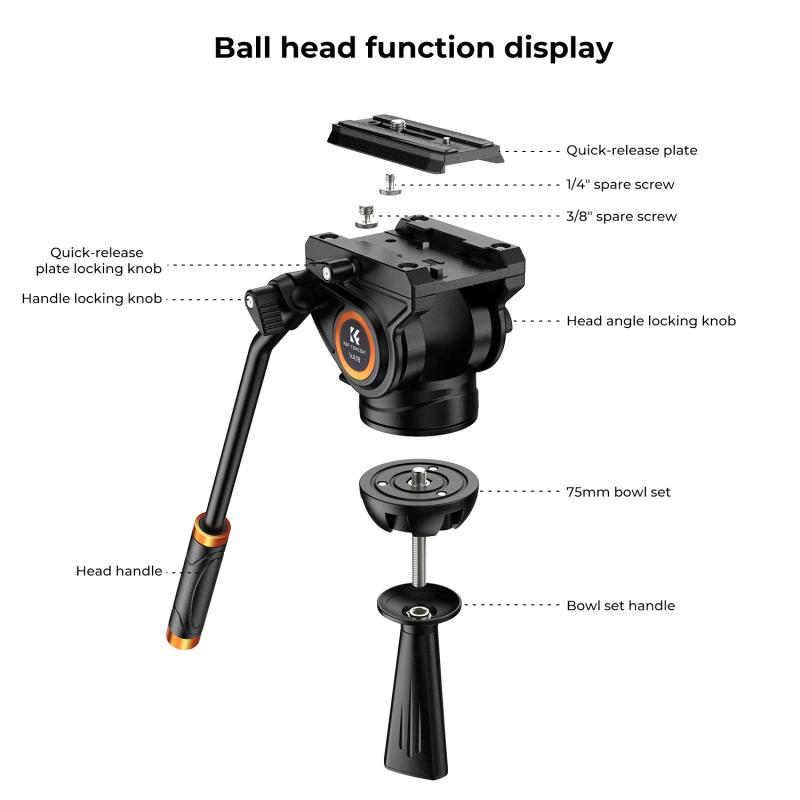
4、 Larger image sensors for better low-light performance
People use DSLRs (Digital Single-Lens Reflex) cameras instead of camcorders for several reasons, and one of the main factors is the larger image sensors that DSLRs offer. DSLRs typically have larger sensors compared to camcorders, which allows them to capture more light and produce better low-light performance.
The larger image sensors in DSLRs enable them to have higher sensitivity to light, resulting in less noise and better image quality in low-light conditions. This is particularly beneficial for photographers who often work in challenging lighting situations, such as indoor events or nighttime photography. The improved low-light performance of DSLRs allows for clearer and more detailed images, even in dimly lit environments.
Furthermore, the larger sensors in DSLRs also contribute to achieving a shallower depth of field, which is desirable for creating professional-looking portraits or artistic shots. The ability to blur the background and focus on the subject is a distinctive feature of DSLRs that is not easily achievable with camcorders.
Additionally, DSLRs offer more manual control over settings such as aperture, shutter speed, and ISO, allowing photographers to have greater creative freedom and flexibility. This level of control is often lacking in camcorders, which are primarily designed for video recording rather than still photography.
It is worth noting that the line between DSLRs and camcorders has become increasingly blurred in recent years, with the emergence of mirrorless cameras that offer similar image quality and low-light performance in a more compact form factor. Mirrorless cameras combine the advantages of DSLRs with the convenience and portability of camcorders, making them a popular choice for many photographers and videographers.
In conclusion, people use DSLRs instead of camcorders primarily because of the larger image sensors that provide better low-light performance and the ability to achieve a shallower depth of field. However, with advancements in technology, mirrorless cameras have also become a viable alternative that offers similar benefits in a more compact package.







